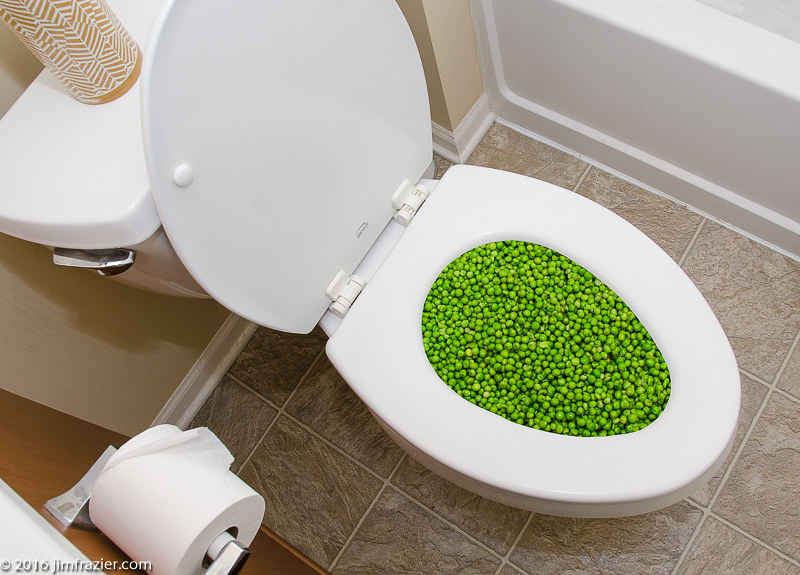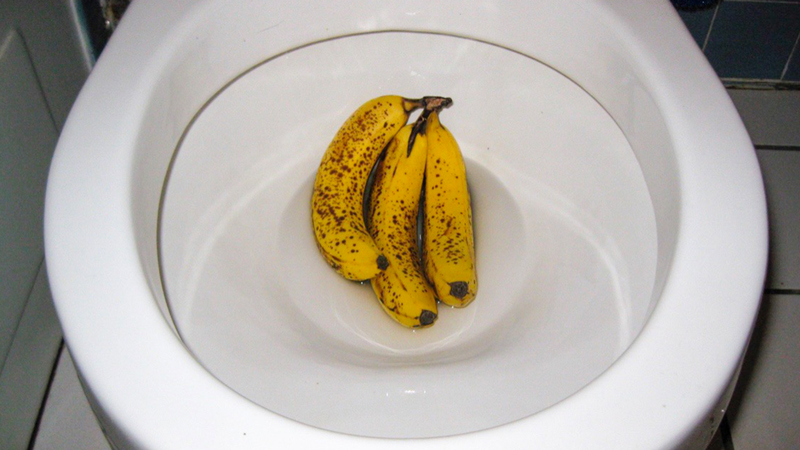Is it Allowed to Flush Food Down the Toilet?
Is it Allowed to Flush Food Down the Toilet?
Blog Article
What are your thoughts on Think Twice Before Flushing Food Down Your Toilet?

Intro
Many individuals are usually confronted with the dilemma of what to do with food waste, specifically when it concerns leftovers or scraps. One common inquiry that emerges is whether it's fine to purge food down the bathroom. In this article, we'll delve into the reasons individuals may think about purging food, the repercussions of doing so, and alternate techniques for appropriate disposal.
Reasons why individuals may consider purging food
Absence of awareness
Some people may not recognize the prospective injury brought on by purging food down the toilet. They may wrongly think that it's a harmless technique.
Comfort
Purging food down the bathroom may look like a quick and easy service to taking care of undesirable scraps, especially when there's no nearby trash can readily available.
Laziness
In many cases, people might simply select to flush food out of sheer negligence, without taking into consideration the repercussions of their activities.
Consequences of flushing food down the commode
Ecological impact
Food waste that winds up in rivers can add to contamination and injury water environments. Additionally, the water used to purge food can stress water resources.
Plumbing issues
Flushing food can lead to blocked pipelines and drains pipes, causing costly plumbing repairs and inconveniences.
Kinds of food that ought to not be purged
Fibrous foods
Foods with coarse appearances such as celery or corn husks can get tangled in pipelines and create clogs.
Starchy foods
Starchy foods like pasta and rice can soak up water and swell, bring about obstructions in pipelines.
Oils and fats
Greasy foods like bacon or food preparation oils should never ever be purged down the bathroom as they can strengthen and cause obstructions.
Appropriate disposal techniques for food waste
Making use of a garbage disposal
For homes equipped with garbage disposals, food scraps can be ground up and purged with the pipes system. Nevertheless, not all foods appropriate for disposal in this manner.
Recycling
Particular food packaging products can be reused, minimizing waste and lessening ecological influence.
Composting
Composting is an environment-friendly method to dispose of food waste. Organic products can be composted and made use of to enrich dirt for horticulture.
The significance of appropriate waste management
Lowering environmental harm
Correct waste monitoring methods, such as composting and recycling, help decrease contamination and maintain natural resources for future generations.
Safeguarding pipes systems
By preventing the method of flushing food down the toilet, home owners can avoid costly plumbing repair services and keep the stability of their pipes systems.
Verdict
In conclusion, while it might be alluring to purge food down the bathroom for benefit, it is very important to recognize the possible effects of this action. By embracing proper waste administration techniques and getting rid of food waste properly, people can add to much healthier plumbing systems and a cleaner environment for all.
FLUSH FOOD DOWN THE TOILET?
FLUSHING FOOD CAN CAUSE BLOCKED DRAINS IN YOUR HOME
All of the plumbing fixtures in your home are connected to the same sewer pipe outside of your home. This outdoor sewer pipe is responsible for transporting all the wastewater from your home to the Council sewer mains. Even small pieces of food that go down the kitchen sink can cause problems for your sewer. It should therefore be obvious that flushing larger bits of food, such as meat, risks a clog in either the toilet itself or the sewer pipes. Flushing greasy food is even more problematic because oil coagulates when it cools, coating the interior lining of your pipes.
THE TOILET IS NOT A BIN
Food isn’t the only thing that people shouldn’t be flushing down the toilet. People use the toilet to dispose of all kinds of things such as tampons, makeup wipes, dental floss, kitty litter and even underwear. Water goes to great lengths to educate residents about the high costs and stress placed on wastewater treatment systems simply from people flushing the wrong stuff down the toilet. It costs taxpayers millions of dollars each year, and homeowners thousands in blocked drain repairs.
FLUSHING FOOD IS A WASTE OF WATER
Flushing food is a waste of our most precious resource - water. In June this year Level 1 water restrictions were introduced to protect water supply from drought conditions. Much of New South Wales continues to be affected by prolonged drought with recent figures revealing up to 97 per cent of the state remains in drought. Depending on whether you have a single or dual flush toilet, every single flush uses between five and 11 litres of water. In the current climate this is a huge amount of water to be wasting on flushing food that should be placed in the bin (or better yet, the compost).
https://www.jabplumbingsolutions.com.au/blog/can-you-flush-food-down-the-toilet

As an enthusiastic person who reads about What Can Happen If You Flush Food Down the Toilet?, I think sharing that blog post was a smart idea. Sharing is caring. Helping others is fun. Thanks a bunch for being here. Revisit us soon.
Book Now Report this page